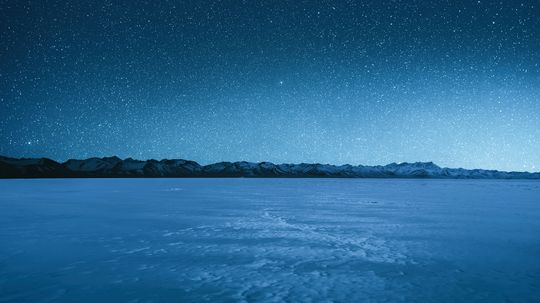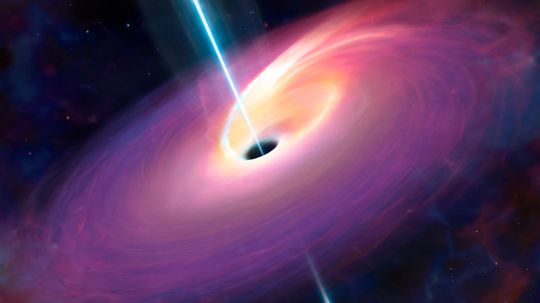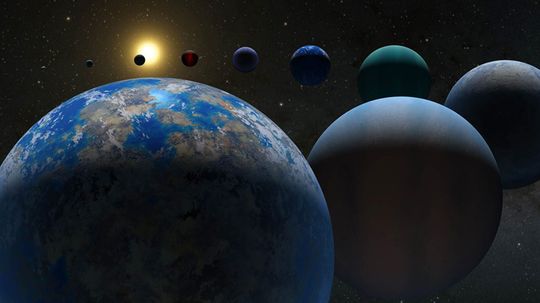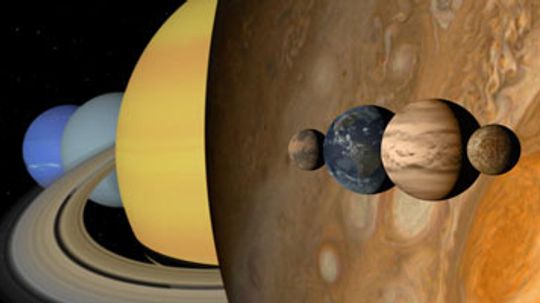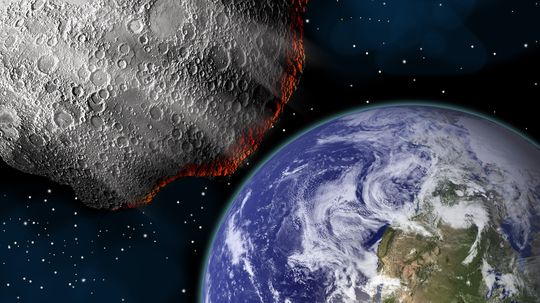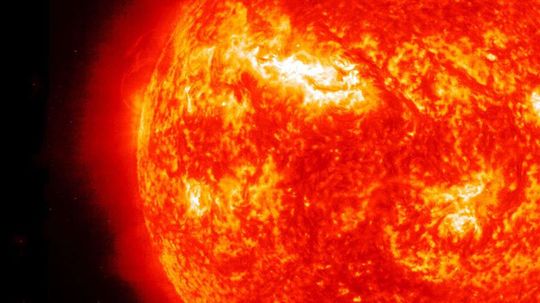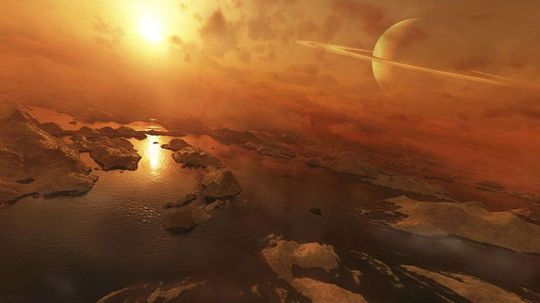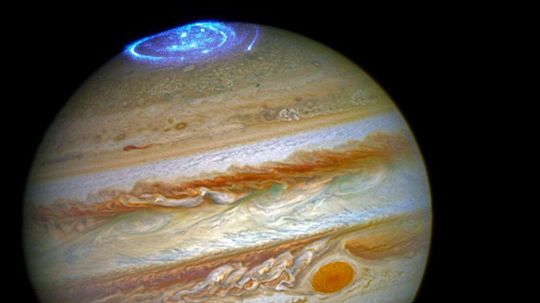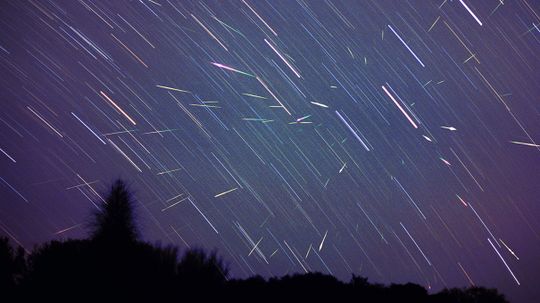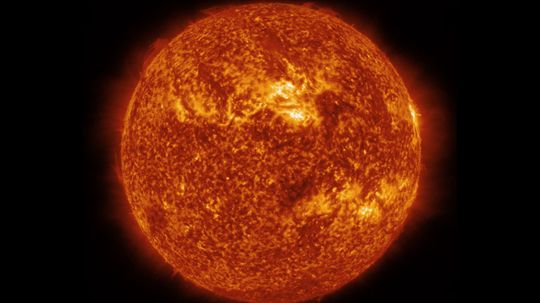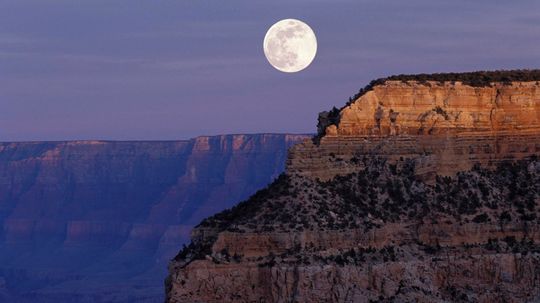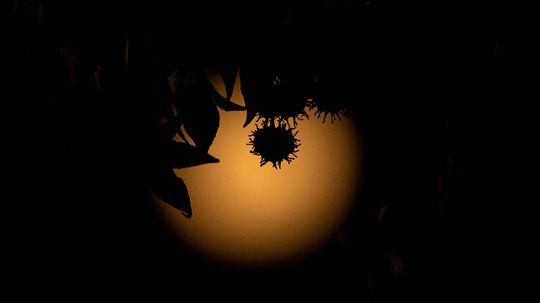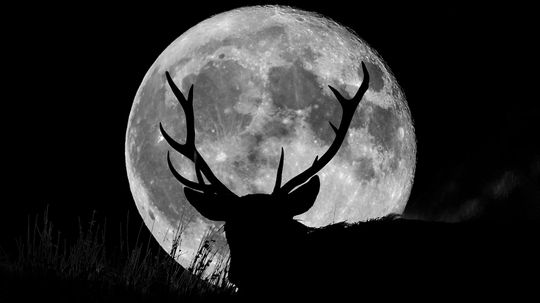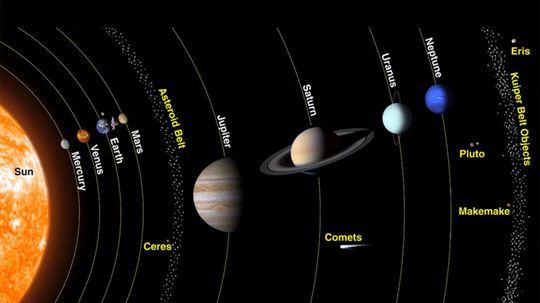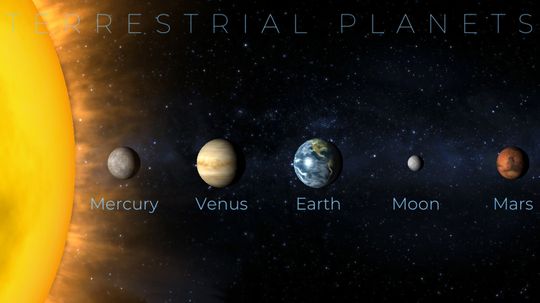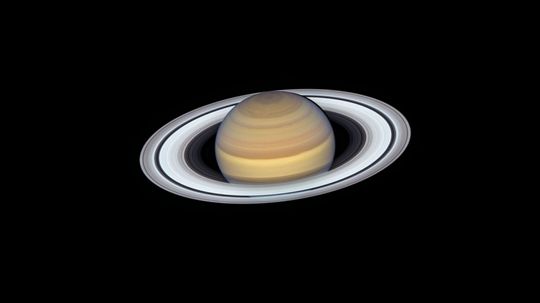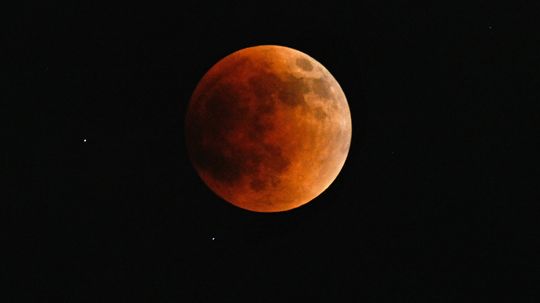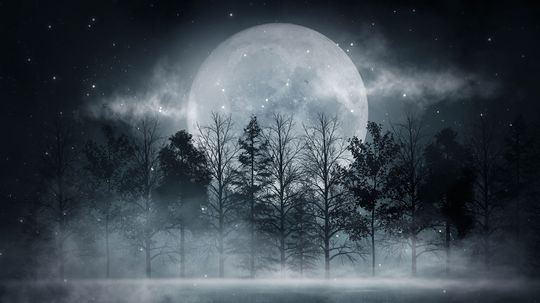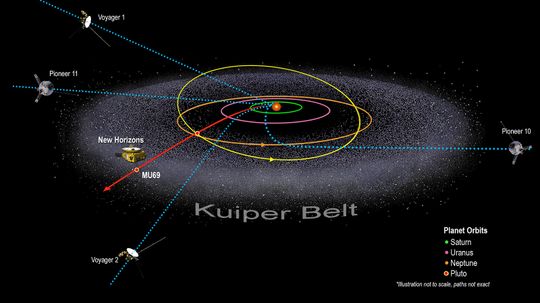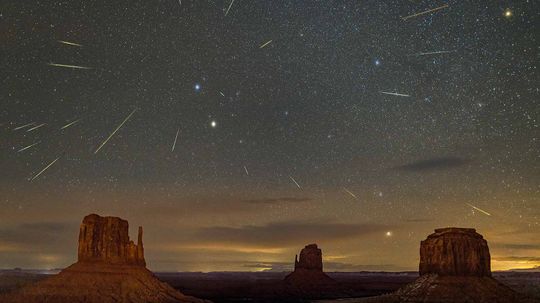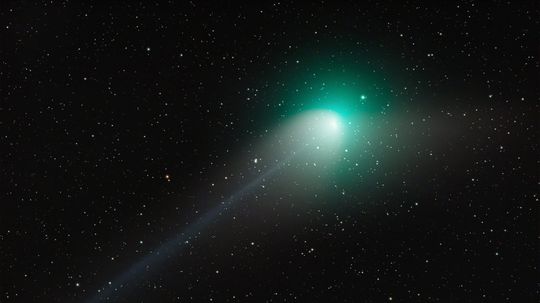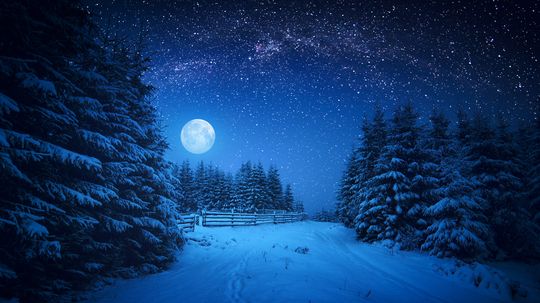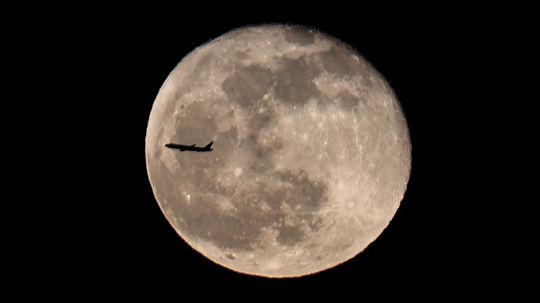Astronomy
Astronomy is a broad discipline covering all facets of astrophysics. In this section you can learn about the origins of the universe, black holes and other astronomical phenomena.
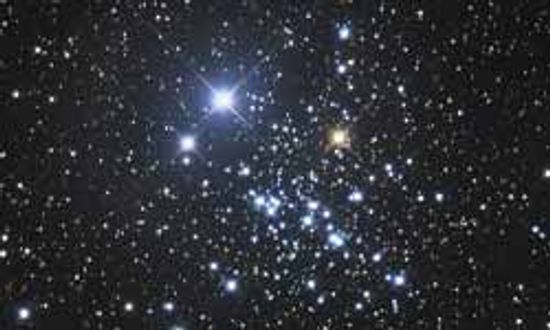
Constellation Pictures
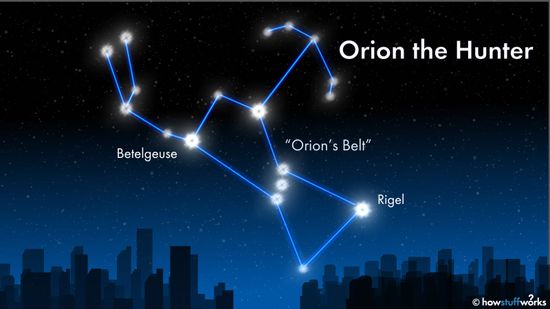
How to Find Orion's Belt in the Night Sky

Radio Telescope Image Gallery
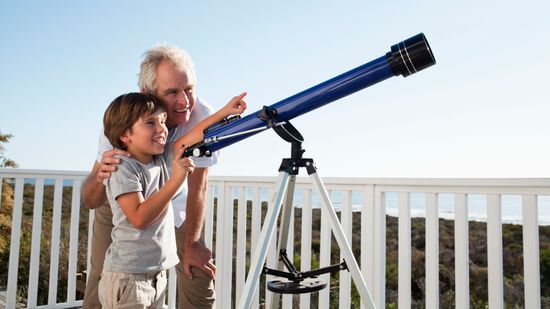
How do I build a telescope at home?
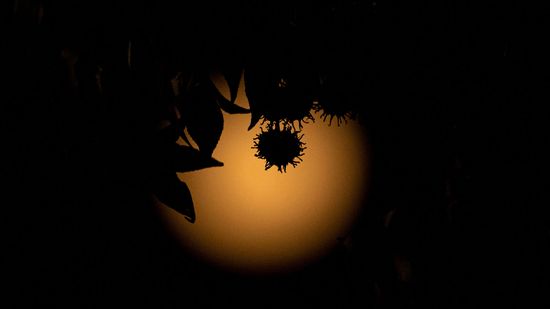
Shooting the Stars as an Astrophotographer

The Largest Star in the Universe Is 1,700x Bigger Than Our Sun
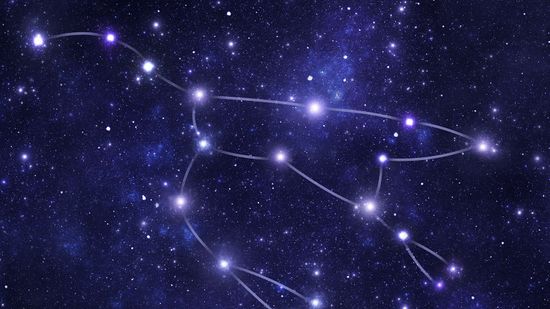
Twinkle, Twinkle: The Ultimate Stars Quiz

White Dwarfs Can Shred Planets to Pieces

What Is a Harvest Moon?
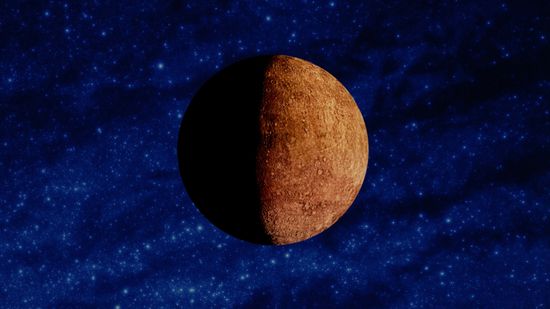
The Mysteries of Mercury Retrograde Unveiled: A Cosmic Phenomenon
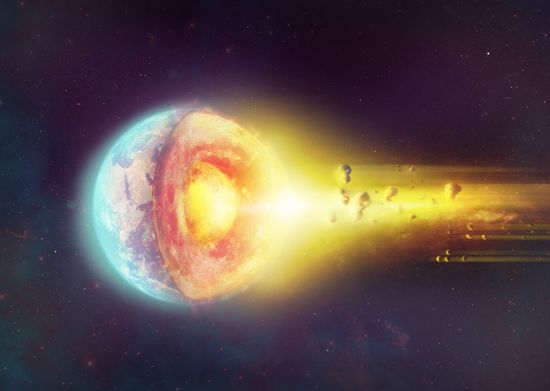
A Comprehensive Guide to the Layers of the Earth
Learn More / Page 4
These days, we may take the stars for granted, but it's not hard to imagine the wonder early humans must have felt gazing up at those inexplicable points of light. Naturally, superstitions were bound to develop — some more fortuitous than others.
By Bambi Turner & Sascha Bos
When you think about massive, mysterious cosmic bodies like accretion disks, the water swirling around your bathtub probably isn't the first thing to come to mind. But hey, physics works the same magic on all scales.
Leash your cheetah, buckle your seatbelt and tell Usain Bolt to take a knee. We're about to power through some of the speediest stuff this universe – both in the real world and in fiction – has to offer.
Advertisement
Exoplanets, planets beyond our solar system, have been found in their thousands in the last two decades. Before that, we barely knew about the variety in outer space.
It's tough to wrap your mind around a time when the Earth wasn't here. So how do Earth and the rest of the planets out there get their start in the universe?
By Robert Lamb
We can't defy the odds of an asteroid taking a turn for Earth forever, so the world's astronomers watch the sky. What happens once they spot something?
By Robert Lamb
The sun's atmosphere is actually hotter than its surface, even though you'd assume the surface is what generates all that heat. How does that work?
Advertisement
Saturn's largest moon Titan is the only other celestial body we know of that has liquid lakes on its surface. NASA has just captured some amazing footage of clouds.
The space telescope's ultraviolet observations come days before the Juno space probe will arrive to orbit the gas giant's polar regions.
The annual Leonid meteor shower is back, and peaks in the late-night hours of November 17. It's made up of tiny bits of debris from the comet Tempel-Tuttle. Here's how to see it.
Neither massive planets nor tiny stars, brown dwarfs are entirely different substellar curiosities that possess qualities of both.
Advertisement
Arcturus is 113 times brighter than our sun, even though it's only a little bigger. What else should we know about this red giant?
Surely you've watched tons of sunsets in your lifetime. But have you ever seen the sunset and the moonrise simultaneously? Is that even possible?
Do you love looking at beautiful pictures of the night sky? How do space photographers get those shots? And could you join their ranks?
And this month's buck moon is extra-special because it is a supermoon!
Advertisement
The four Jovian planets are officially designated as gas (and/or ice) giants. Which planets are they and what makes them so unique?
Terrestrial planets include the four closest to our sun, including Mercury, Venus, Earth and Mars. What else makes these celestial bodies terrestrial planets?
By Mitch Ryan
Move over Saturn. There are other planets in the solar system surrounded by ring systems.
By Mitch Ryan
Blood moons always bring out the stargazers though they aren't that rare. So what makes blood moons red? And do they differ from lunar eclipses?
Advertisement
When December's moongazing rolls around, you'll want to take a look at the cold moon, an appropriate moniker if there ever was one.
This doughnut-shaped ring around the sun is home to millions of comets, moons, dwarf planets and other celestial objects. What are these objects doing in the Kuiper belt?
Head's up, stargazers! Mark your calendars for the 22 must-see events this year.
News headlines talk about a rare green comet appearing in the sky. The comet itself is rare, but green comets, not so much. What makes some comets appear green?
Advertisement
February is a cold time of year, and the snow moon nickname pays homage to that. What are some other names for February's full moon and what do they mean? Plus, when can you see the snow moon?
April's pink moon isn't called pink because our beloved bright white moon suddenly takes on a rosy hue. So, why is it called the "pink moon"?
